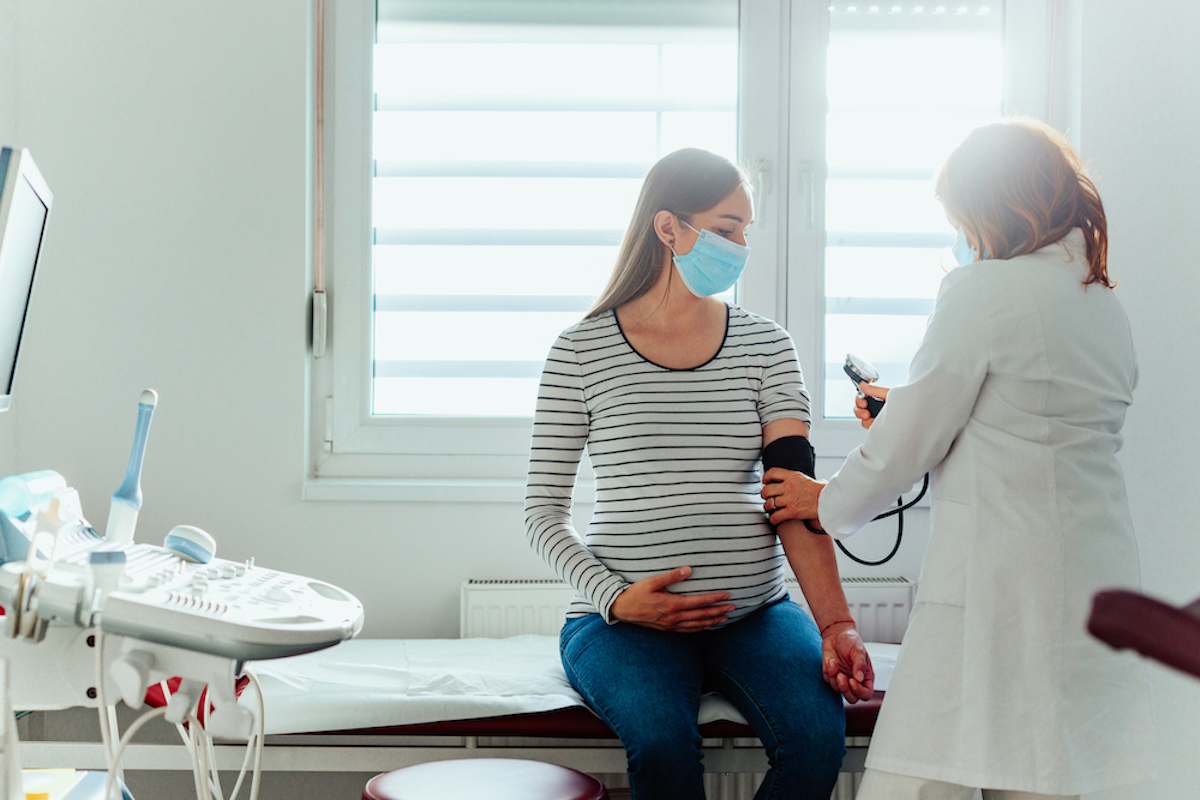In April, 2024 a new paper was released which uses a much better approach to the data to address this question. That paper establishes there is no relationship between Tylenol exposure and ADHD or autism in children. Please read the post in this updated data here.
There have been times in recent months when I’ve felt that we’re almost at some kind of fear saturation. We are so on edge about our kids that adding anything on top is like … just put it on the pile. Like this tweet, about how you should be afraid that your kid’s Halloween candy might be laced with THC so you should check before you eat it. Let me emphasize, this is not a significant concern you should have.
But for pregnant people and parents of very young babies, the past couple of weeks produced pieces of fear-based reporting alarming enough to rise above the fray. This report, covered extensively in the media, recommending against the use of acetaminophen (Tylenol) by pregnant people.
Let’s dive into the data.
Tylenol and pregnancy
I have actually written about Tylenol a lot, including back in 2014 and more extensively in June, when a new meta-analysis came out, which I was skeptical of.
The paper that came out last week and got everyone talking is what is called a “consensus opinion.” There isn’t any new data or new analysis, but it’s a group of experts who have tried to compile what they see across a wide variety of evidence sources and come to a conclusion about policy. This differs from a formal meta-analysis in a number of ways, but notably these opinions often bring in different types of evidence. In this case, the authors talk about both animal model evidence (mostly from rats) and human evidence from both epidemiological studies and more lab-based studies.
I think such opinions play an important role. Individual papers, even meta-analyses that combine many papers, can’t necessarily capture the full picture. When we’re trying to understand questions like this, there is value in being able to pull together different types of data and put them together in context, to think about how they fit together. Bringing multiple people together to consider a question is also of value.
Of course, the flip side is that this is a consensus opinion. It’s one group’s read of a constellation of facts and data that already exist, and as with many opinions, there are disagreements. And such disagreements can lead to confusion.
The particular opinion in this article is very extreme; effectively, the authors argue that acetaminophen should never be taken without a conversation with a doctor, and that pregnant women should be warned that it may have serious risks. However, not everyone agrees. As several reports noted, the American College of Obstetricians and Gynecologists stated that the results “show no clear evidence that proves a direct relationship between the prudent use of acetaminophen during any trimester and fetal developmental issues.”
The disagreement stems from the fact that the evidence about these relationships in people is far from ironclad. The consensus opinion discusses a lot of data from animal models, which does show disruptions to the endocrine system and other complications from exposure to acetaminophen. But it is difficult to translate doses between rats and people. And in the studies of people, the evidence is more confusing.
In the June post, I talked about the meta-analysis of Tylenol in pregnancy and ADHD rates in children. I pointed out that some of the aggregate facts were not really consistent with a significant Tylenol effect. (More specifically: although within each study there seemed to be some relationship, across studies the overall ADHD rates didn’t line up at all with the share of pregnant people taking Tylenol.)
The recent consensus opinion also discusses papers that link Tylenol use to evidence of reproductive abnormalities in boys, like a shortened distance between anus and testicles. But these papers are not ironclad, either. An example is this paper, which suggests (in the abstract) that risks for this abnormality are elevated for exposure in both the first and second trimester, and for exposure of more than four weeks between weeks 8 and 14 of pregnancy.
The researchers report this in the abstract of the paper as the headline result. But when you dig into the tables (which I always recommend!), these are only two of many studies. There were also tests of whether exposure for fewer weeks matters, or more exposure, or at different times, or the second and third trimester together, etc., etc. Of all the tests, only those two showed significant results. Because the researchers did so many tests, from a statistical standpoint we worry these significant results may be a false positive, a statistical accident. Even if not, the magnitude of the risk is small; estimates suggest an increase in the risk of 1 in 1,000 births.
The consensus opinion relies on more than this one study, of course. But the fact is that the evidence they report on humans is all a bit like this. It’s not completely convincing. There are many issues: there are reasons that people are taking Tylenol, and it’s hard to separate those from the effects of the drug; there is selection at work in who takes Tylenol. It’s also clear that dose matters. When these papers find impacts, they seem to correlate with extended, not occasional, use.
Where does this leave us? I’m in the same place I was in June, when I ended the post with this:
When I write about questions like this, there is always the temptation to either be totally dismissive or to be convinced. This question falls, for me, in a gray area. Toward the end of my second pregnancy I got a serious hamstring injury and couldn’t really walk. I took Tylenol, and I would do so again, trading what I see as a small possibility of a small risk against the benefits at the time. But this is a space — an uncomfortable one in some ways — in which reasonable people will make different choices.
Conclusion
Let’s face it, 2021 appears to be the Year of Anxiety. And anxiety is hard to avoid, hard to tamp down. What we can do is focus on actions we can change rather than nebulous worry, try not to overreact to news and, when in doubt, indulge in some of our children’s THC-laced gummy worms (kidding!).
Community Guidelines














